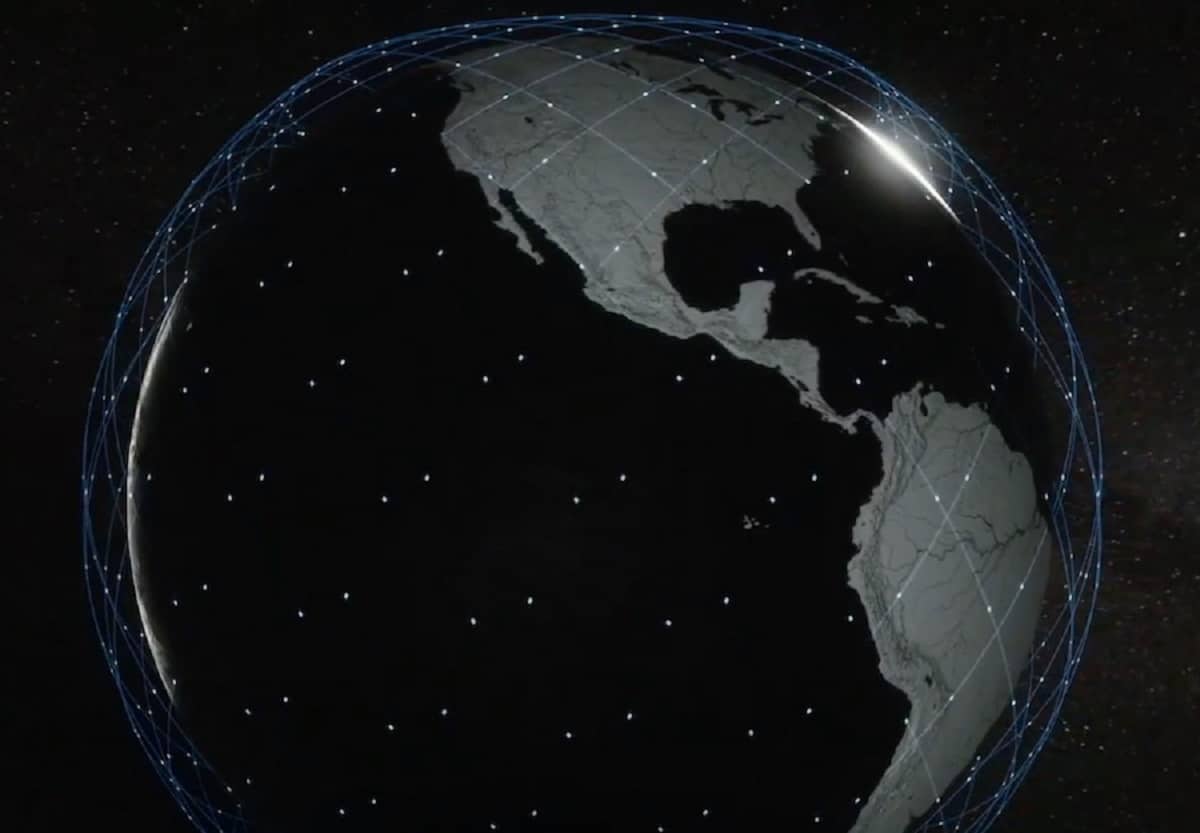
After several unsuccessful attempts launch due to bad weather and other problems, SpaceX finally launched its twelfth Starlink mission from the Kennedy Space Center in Florida.
SpaceX successfully launched another batch of 60 satellites on Tuesday, bringing the total number of Starlink satellites in orbit to more than 700. Musk, SpaceX's chief executive, said that was enough for a "big enough" public beta.
Starlink's ultimate goal is to put 42.000 satellites, including 12.000 already licensed by the FCC, in orbit above the Earth, capable of transmitting high-speed Internet to remote locations where it is difficult to obtain.
Starlink states on its website that It wants coverage in the United States and Canada by the end of 2020 and "near global coverage" by 2021.
This public beta version would include the Detroit metropolitan area and Ann Arbor, MichiganMusk responded, responding to a question on Twitter. But Musk did not say exactly when the small Starlink satellites were expected to reach their "target position."
Musk said in April that a public beta phase for the service would be operational in the fall of 2020. He also said in May 2019 that a commercially viable "initial" version of the Starlink service for the United States would be possible with 400 satellites, while 800 they would be enough for "meaningful" global coverage, according to Business Insider.
While Musk did not specify the date of the arrival of the last final orbit mission, Astrophysicist Jonathan McDowell of the Harvard-Smithsonian Center for Astrophysics said in a statement that the background satellites may not be available until February 2021. McDowell tracks the orbits of the Starlink satellites and provides updates on its website.
Overall, according to the astrophysicist, SpaceX divides each batch of 60 satellites into three groups of 20.
“The first group will reach the target height in about 45 days; the second and the third after about 90 and 135 days, "he said. Therefore, it is possible, according to predictions from McDowell, which the public beta version kicks off with the last 60 satellites deployed in the next few months.
Starlink has been operating a private beta since July in parts of the northern United States and, although it covers southern Canada, the services are pending regulatory approval.
However, the private beta of the technology was largely limited to SpaceX employees, the military and emergency services in Washington state.
According to a report released by CNBC in late September, the Washington State Army Emergency Management Unit had been using seven terminals Starlink end-user network for connectivity since early August in fire-ravaged parts of the state.
In an update posted after Tuesday's launch, SpaceX said that the way Washington's first responders deployed Starlink in Malden, south of Spokane in Washington, is "representative of how Starlink works best: in remote or rural areas where Internet connectivity is not available ”.
The "fairly large public beta" version promised by Musk It will not cover the entire United States, but it will cover more of the northern part of the country. This phase means that more potential Starlink customers, who are dissatisfied with the broadband connections of services through traditional satellites and substitutes for mobile broadband, will have the opportunity to try out SpaceX's Starlink service.
SpaceX recently introduced the FCC's Starlink Internet performance tests, which show it is capable of download speeds of 102-103 Mbps, upload speeds of 40,5 Mbps to 42 Mbps, and latency of 18 to 19 milliseconds. .
Although other independent third party tests have shown inferior performance.
However, SpaceX still has other challenges, including increasing the production speed of end-user terminals.
Another challenge is the problem of light pollution, which has increased rapidly with the unprecedented rate of deployments of small Starlink satellites.
Source: https://www.spacex.com